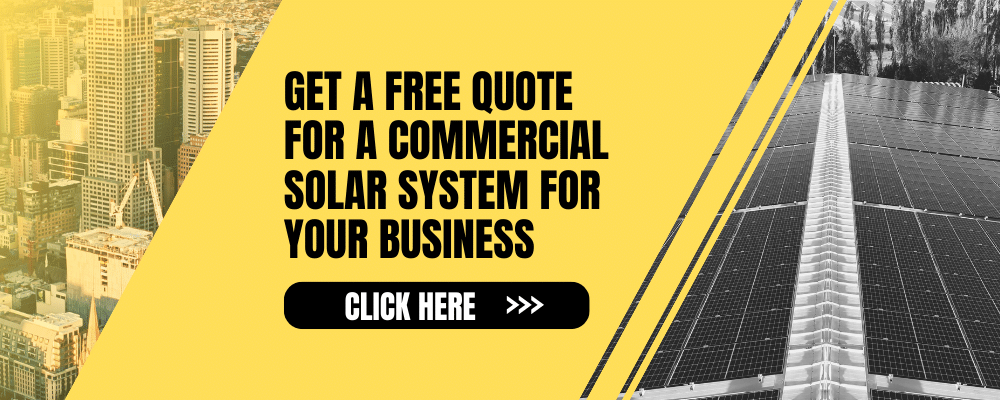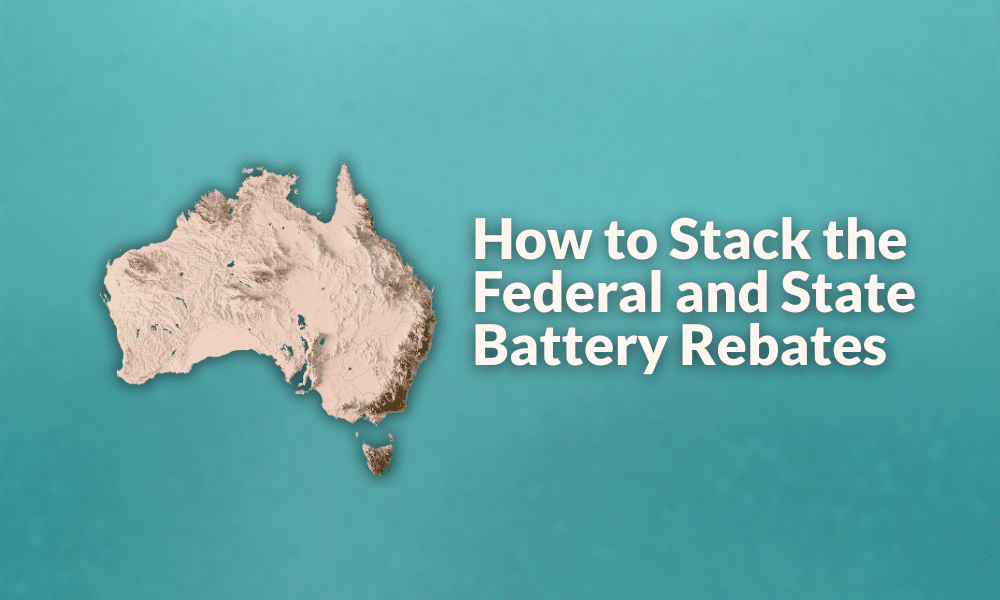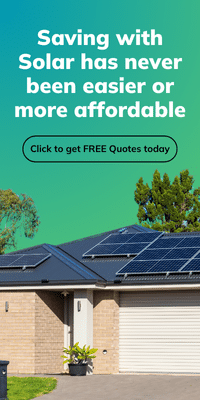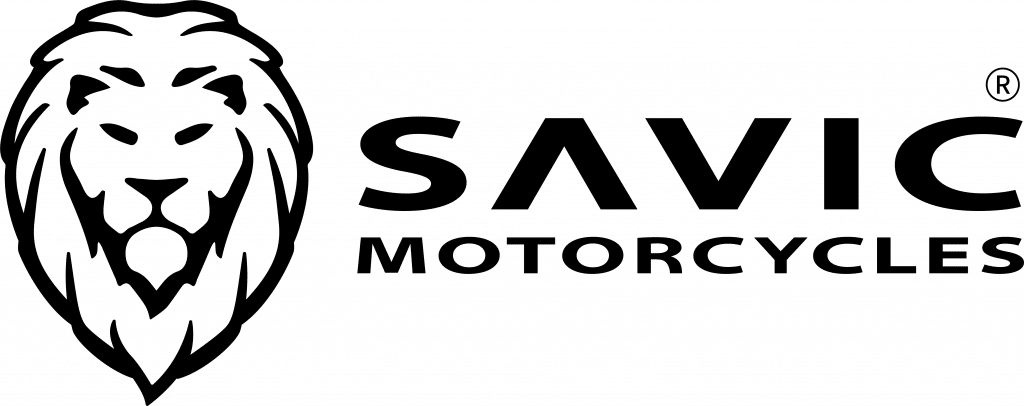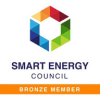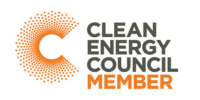Updated 04.06.2025
If you’ve been eyeing a home battery but baulking at the cost, 2025 might be your year. With the Federal Government’s new Cheaper Home Batteries program rolling out and several states offering their own rebates or subsidies, Aussies can now stack multiple incentives and significantly slash the upfront cost of solar storage. But how do you do it, and which programs actually pair up?
In this blog, we’ll break down:
- What the Cheaper Home Batteries rebate is
- Which states offer battery rebates or interest-free loans
- How to combine, or ‘stack’, these programs without running into red tape
Understanding the federal Cheaper Home Batteries Program
From 1 July 2025, the Australian Government will launch the Cheaper Home Batteries Program, offering around a 30% discount on the upfront cost of installing small-scale battery systems for households and small businesses. This initiative is part of a $2.3 billion expansion of the Small-scale Renewable Energy Scheme (SRES) and aims to support over one million new battery installations by 2030.
Key features:
- Start date: 1 July 2025
- Discount: Approximately $372 per kilowatt-hour (kWh) of usable battery capacity, up to 50 kWh
- Eligibility: Either retrofitting the battery to an existing rooftop solar system or installing a new one.
- Delivery: Through accredited solar and battery retailers and installers
- Duration: Gradually decreasing discounts until 2030
For example, a 10 kWh battery system could attract a rebate of up to $3,720.
State and territory battery rebates and loans
In addition to the federal program, several states and territories offer their own battery rebates or interest-free loans:
New South Wales (NSW)
The NSW Government announced on 10 June 2025 that the battery incentive, under the Peak Demand Reduction Scheme (PDRS), will be suspended from 30 June 2025. From July 1, NSW residents will be able to benefit from the federal battery rebate as well as the bolstered NSW Virtual Power Plant (VPP) incentive. The increased incentive commences 1 July 2025.
- Program: NSW Virtual Power Plant (VPP) Incentive (read more about the suspended NSW battery incentive)
- Incentive: The incentive varies with battery capacity. For example, a 27 kWh battery is now eligible for around $1,500 upfront. A 10 kWh battery will receive roughly $550.
Can it be stacked? The NSW VPP incentive CAN be stacked with the federal battery rebate.
Victoria (VIC)
- Program: Solar Homes Program
- Incentive: Interest-free loan of up to $8,800 for the installation of a solar battery system. This reduces the upfront cost and is repaid monthly over 4 years. The Victorian interest-free loans program has now CLOSED as all available loans have been exhausted.
Can it be stacked? The current framework of the Solar Homes Program does not prohibit stacking with the Cheaper Home Batteries program. The Victoria interest-free loans program has now CLOSED.
Australian Capital Territory (ACT)
- Program: Sustainable Household Scheme
- Incentive: Interest-free loans ranging from $2,000 to $15,000 for energy-efficient upgrades, including battery storage systems. The loan term can be up to 10 years.
Can it be stacked? While there is no explicit confirmation, the absence of restrictions suggests that stacking the federal rebate with the ACT program is likely permissible.
Northern Territory (NT)
- Program: Home and Business Battery Scheme
- Incentive: Grant of $450 per kWh of battery capacity, up to a maximum of $6,000.
Can it be stacked? The NT government allows combining its battery grant with the federal rebate, enabling substantial savings on battery installations.
Western Australia (WA)
- Program: Residential Battery Scheme
- Incentive: One-off rebates and interest-free loans
- Rebate details:
- Synergy customers (metro and southwest WA): Up to $1,300 ($130 per kWh for up to 10 kWh)
- Horizon Power customers (regional WA): Up to $3,800 ($380 per kWh for up to 10 kWh)
- Loan details: Interest-free loans up to $10,000, with terms up to 10 years
- Eligibility: All households can apply for rebates; loans are income-tested for low-to-middle-income earners
- Start date: On or before 1 July 2025
- Note: Batteries installed before the scheme’s commencement are not eligible for rebates or loans
Can it be stacked? The Western Australian government has confirmed that “The WA Residential Battery Scheme will complement the Federal Government’s Cheaper Home Batteries Program for a combined rebate of up to $5,000 for Synergy customers and $7,500 for Horizon Power customers.”
Other states and territories may introduce or update their programs, so it’s essential to check with local authorities for the most current information. Eligibility criteria are subject to change at any time.
How to stack federal and state incentives
Combining the federal rebate with state incentives can significantly reduce the cost of a home battery system. Here’s how to make the most of these programs:
- Research eligibility: Ensure you meet the criteria for both federal and state programs.
- Choose an accredited installer: Work with an accredited installer who can guide you through the application processes, where applicable.
- Apply for state incentives first: Some state programs may require pre-approval before installation.
- Coordinate installation timing: The Cheaper Home Batteries program commences 1 July, and batteries must not be commissioned before then to be eligible. Varying state criteria will require the careful coordination of installation.
- Submit necessary documentation: Keep records of all applications, approvals, and receipts to streamline the rebate process.
By stacking these incentives, homeowners can potentially reduce the cost of a battery system by over 50%, depending on the specific programs and system size.
Making battery storage accessible for more Australians
With the introduction of the Cheaper Home Batteries Program and existing state incentives, now is an opportune time for Australians to invest in home battery systems. These programs not only make renewable energy more accessible but also contribute to reducing electricity bills and supporting the transition to a cleaner energy future.






